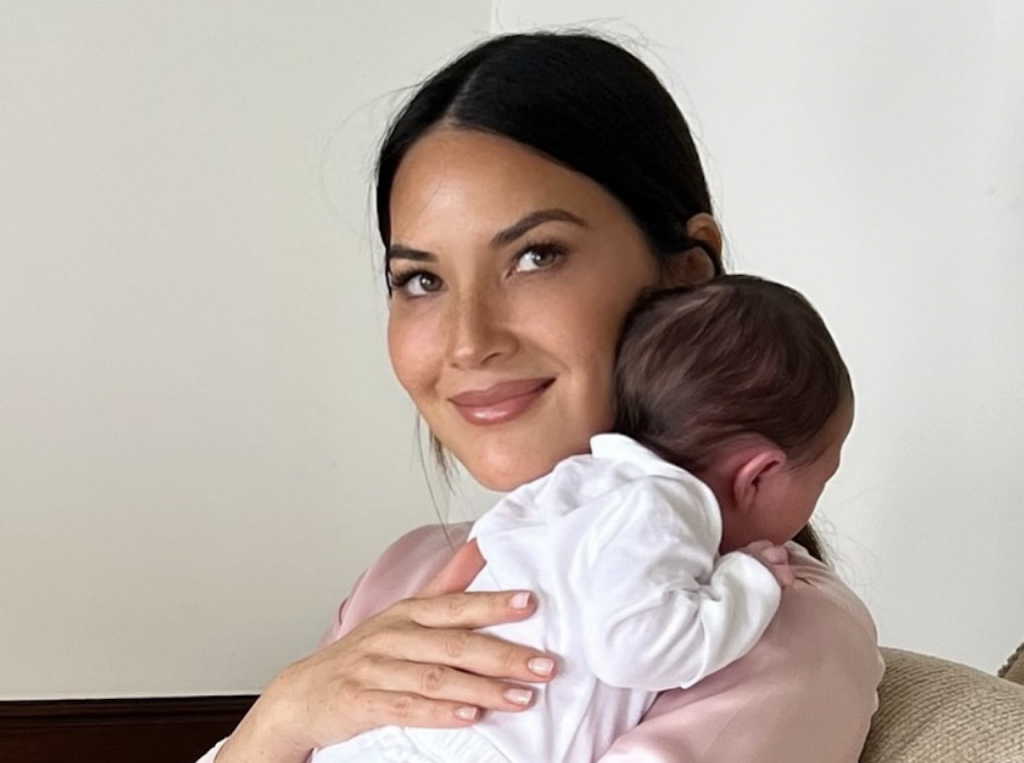Turning to Hormone Therapy During Breast Cancer Treatment
- X-Men actress Olivia Munn, 45, praises breast cancer research and how she’s benefiting from it due to advancements in hormone therapy, a treatment she’s currently using.
- Hormone therapy is used for hormone receptor-positive cancers. These types of cancers are the most common types of breast cancer. Hormone receptor-positive means the cancer or tumor needs the hormones estrogen and/or progesterone to grow and flourish.
- Hormone therapy works by driving the estrogen levels down or blocking the estrogen’s ability to interact with the estrogen receptor on the cancer cell.
- The side effects of hormone or endocrine therapy can mimic menopause. Depending on the endocrine or hormone medication, each one may have its own side effects, which may include: bone and joint pain, fatigue, nausea and/or vomiting, and constipation.
- Munn was diagnosed with breast cancer despite a “normal” mammogram and testing negative for the BRCA gene mutation, which elevates the risk for breast and ovarian cancer. At the request of her OBGYN, Munn underwent a Breast Cancer Risk Assessment, which led to the discovery of her cancer after additional screening.
“It’s a hormone therapy that works to keep hormones from reaching cancer cells, which is a treatment plan I’m currently on,” Munn said in an Instagram post celebrating World Breast Cancer Research Day.

View this post on Instagram
Hormone Therapy: A Powerful Tool Against the Most Common Form of Breast Cancer
For many women diagnosed with breast cancer, the disease is fueled by hormones—specifically estrogen or progesterone. These are known as hormone receptor-positive cancers, and they represent the most common subtype of breast cancer.
“For women who have hormone-positive breast cancer, it means that they have a cancer that needs estrogen to grow,” Dr. Elizabeth Comen, medical oncologist at Memorial Sloan Kettering Cancer Center, explained to SurvivorNet.
Hormone therapy is designed to block or lower the hormones that help cancer cells grow. It’s a cornerstone of treatment for hormone receptor-positive breast cancer, and it plays a vital role in both treatment and prevention.
“Endocrine therapy has significant benefits in reducing the risk of breast cancer recurrence and improving breast cancer survival,” says Dr. Eleonora Teplinsky, head of Breast Medical Oncology at Valley Health System.
These therapies work in two main ways:
- Lowering estrogen levels in the body
- Blocking estrogen receptors on cancer cells so the hormone can’t fuel tumor growth
WATCH: Hormone Therapies for Breast Cancer: Aromatase Inhibitor
Types of Hormone Therapy
One widely used drug is Tamoxifen, which blocks estrogen’s ability to bind to cancer cells. It’s used not only to treat breast cancer but also to help prevent it in women with a strong family history or other risk factors.
Another class of drugs, called aromatase inhibitors, works by stopping the body from producing estrogen altogether. These are typically prescribed to postmenopausal women and include:
- Anastrozole (Arimidex)
- Letrozole (Femara)
- Exemestane (Aromasin)
All are taken as daily pills and have been shown to slow or stop the growth of estrogen-sensitive tumors.
Hormone Therapy Side Effects Can Mimic Menopause
As Munn hinted at, hormone therapy comes with side effects, and one of them can mimic menopause.
Depending on the endocrine or hormone medication, each one may have its own side effects. Typical side effects for certain types of hormone therapy drugs may include:
- Bone pain
- Joint pain
- Loss of appetite
- Nausea and/or vomiting
- Fatigue
- Constipation
Helping Patients Cope with a Breast Cancer Diagnosis
Olivia’s Breast Cancer Diagnosis & Its Impact on Other Women
Munn, despite receiving a clear mammogram, learned she had an aggressive form of cancer in both of her breasts after receiving a breast cancer risk assessment. She credits the cancer risk assessment for saving her life.
The Breast Cancer Risk Assessment Tool, also called the Gail Model, allows doctors to estimate a woman’s risk of developing invasive breast cancer over the next five years.

Munn says that since going public with her cancer journey, she continues to be approached by other women who are now asking their doctors about the cancer risk assessment since learning of Munn’s, including a young mother of three.
“Every time I go out, there’s at least one person…there was this woman who’s young. She has three kids, and she says because of my story, she went out and took the test and learned she has stage 0 breast cancer,” Munn explained in an Instagram story.
“We both had this moment, I know what you’re going through, but we’re so excited that you found it early,” Munn continued.
“It’s hard to explain knowing that this diagnosis that put so much fear into me has been able to be turned into something that’s saving people’s lives,” Munn told “Meet the Press” host Kristen Welker.
Since Munn shared her story publicly, the National Cancer Institute attributes an uptick in women inquiring about a cancer risk assessment to the “X-Men” actress.
How Munn Was Introduced to the Breast Cancer Risk Assessment
“I wouldn’t have found my cancer for another year – at my next scheduled mammogram – except that my OBGYN…decided to calculate my Breast Cancer Risk Assessment Score. The fact that she did save my life,” Munn said in an Instagram post.
The Breast Cancer Risk Assessment she credits for catching her breast cancer is a “statistical model that allows healthcare professionals to calculate the probability of a woman developing breast cancer over the course of their lifetime,” Dr. Ruth Oratz, breast medical oncologist, NYU Langone Health’s Perlmutter Cancer Center; clinical professor of medicine, NYU Grossman School of Medicine tells SurvivorNet.

Last year, she wanted to be proactive about her health and underwent genetic testing.
Genetic tests can be as simple as a saliva swab or a blood sample. The results help your care team determine if you have a specific mutation that puts you at higher risk for cancer. The results help doctors tailor your treatment and are helpful for breast cancer patients.
“I tested negative for all (different cancer genes), including BRCA,” Munn said.

The BRCA1 and BRCA2 gene mutations are among the most important genes to look for in breast cancer. Together, they are responsible for about half of all hereditary breast cancers. These genes prevent cells from dividing haphazardly and uncontrollably in a person without mutations. Mutations prevent these genes from doing their job and can allow unchecked growth of breast, ovarian, and other tissues.
However, two months after undergoing genetic testing, Munn was diagnosed with Luminal B breast cancer in both of her breasts.
According to research in “Breast Cancer,” luminal B tumors are of a “higher grade” and tend to have a worse prognosis. This type of breast cancer is estrogen-positive (ER), meaning the hormone estrogen fuels it. It can also be progestogen (PR) negative, meaning it is not fueled by progestogen. This type of breast also tends to have a higher expression of the Ki67 protein, making it grow quickly. Hormonal therapy and chemotherapy are often used to treat this type of cancer.
Luminal is one of several types and is distinguished by its molecular makeup. Other types of breast cancer include:
- Luminal A breast cancer
- Luminal B breast cancer
- Luminal B-like breast cancer
- HER2-enriched breast cancer
- Triple-negative or basal-like breast cancer
Each type has a specific, individualized molecular structure. The different types of molecular structure of breast cancer may inform the treatment path.
Learn more about SurvivorNet's rigorous medical review process.

